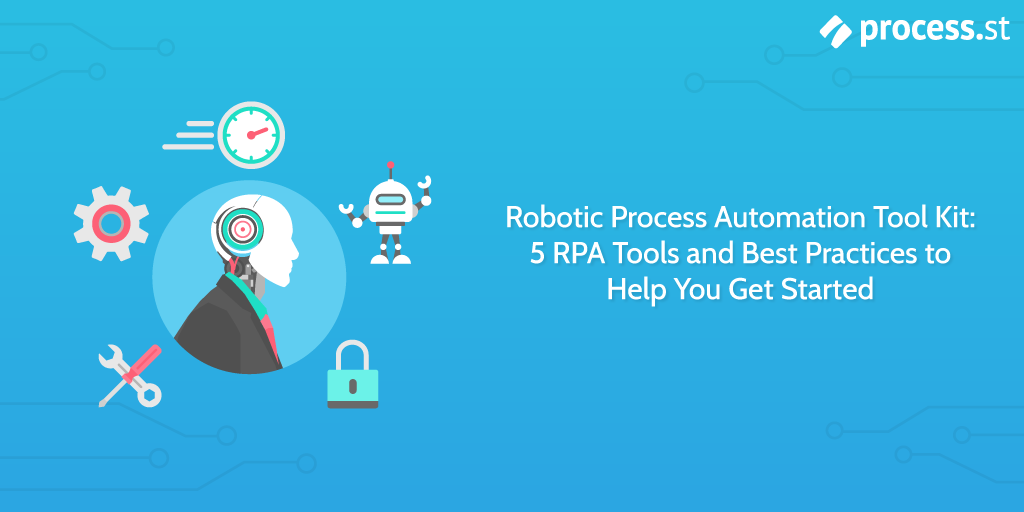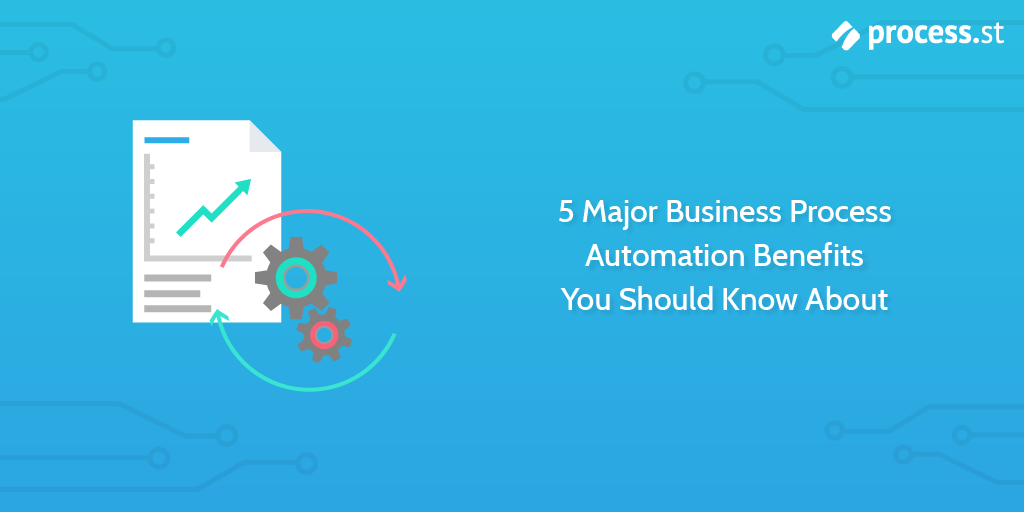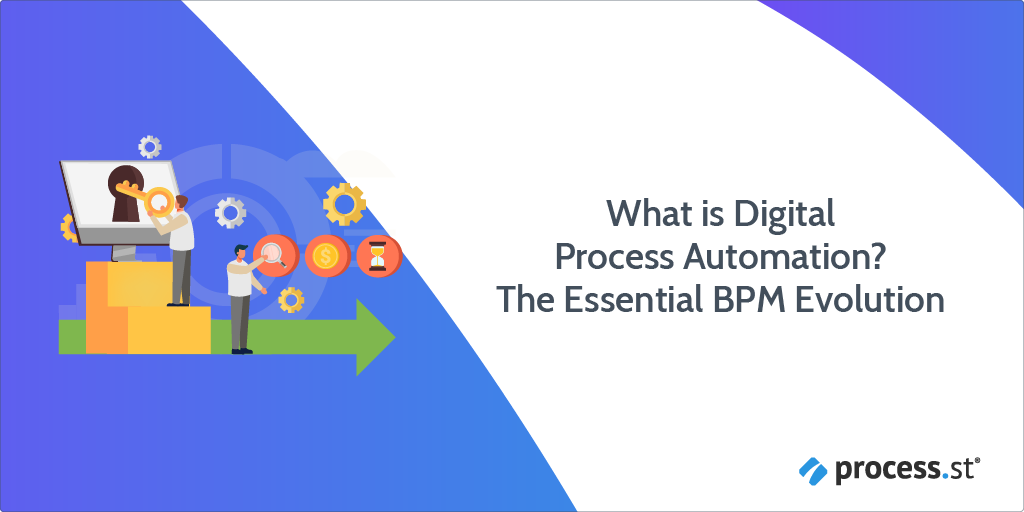
This is a guest post by Rimma Sytnik – a Senior Digital Marketer at Reply with 4+ years of experience with email & messenger marketing, on-page SEO, and link building.
Did you know that a nurtured lead can make, on average, a 47% larger purchase than a non-nurtured lead? Did you also know that perceived indifference can cost you 68% of potential customers?
Buyer journeys are becoming more and more complex, not to mention competitive. To stay afloat, you should maximize every interaction you make with each potential customer. You need to focus on building meaningful relationships with your prospects through consistent personal interactions.
That is exactly what sales engagement is and, coincidentally, what this Process Street post is all about.
In this article, we’ll talk about the importance of sales engagement and give you some tips on how to get started. This is a brief overview of what’s to come:
- What sales engagement means (and why you should care)
- Getting started with sales engagement in three easy steps
- Best practices for effective sales engagement
- How to use Process Street to make your sales engagement work
So, let’s dive in!
Continue Reading








 Automation has been one of the key emerging trends of the late 2010s, and will likely be a defining characteristic of the 2020s.
Automation has been one of the key emerging trends of the late 2010s, and will likely be a defining characteristic of the 2020s.





